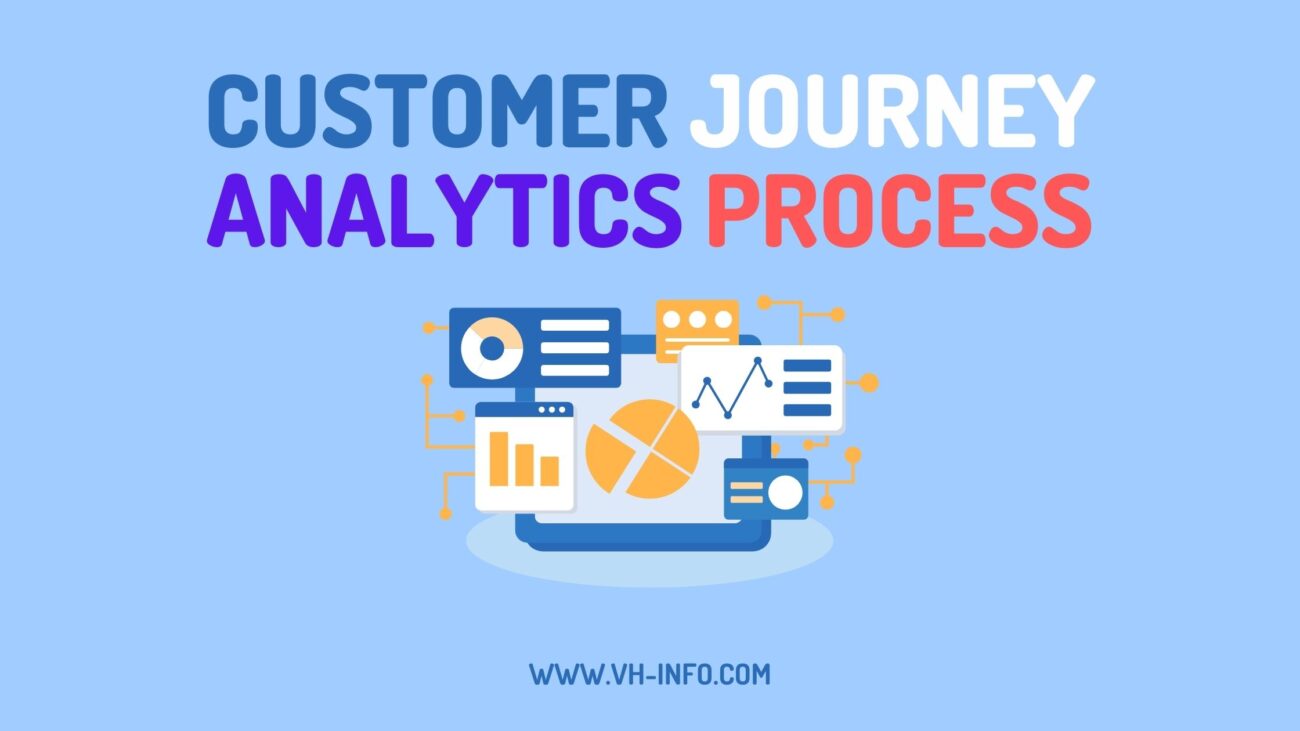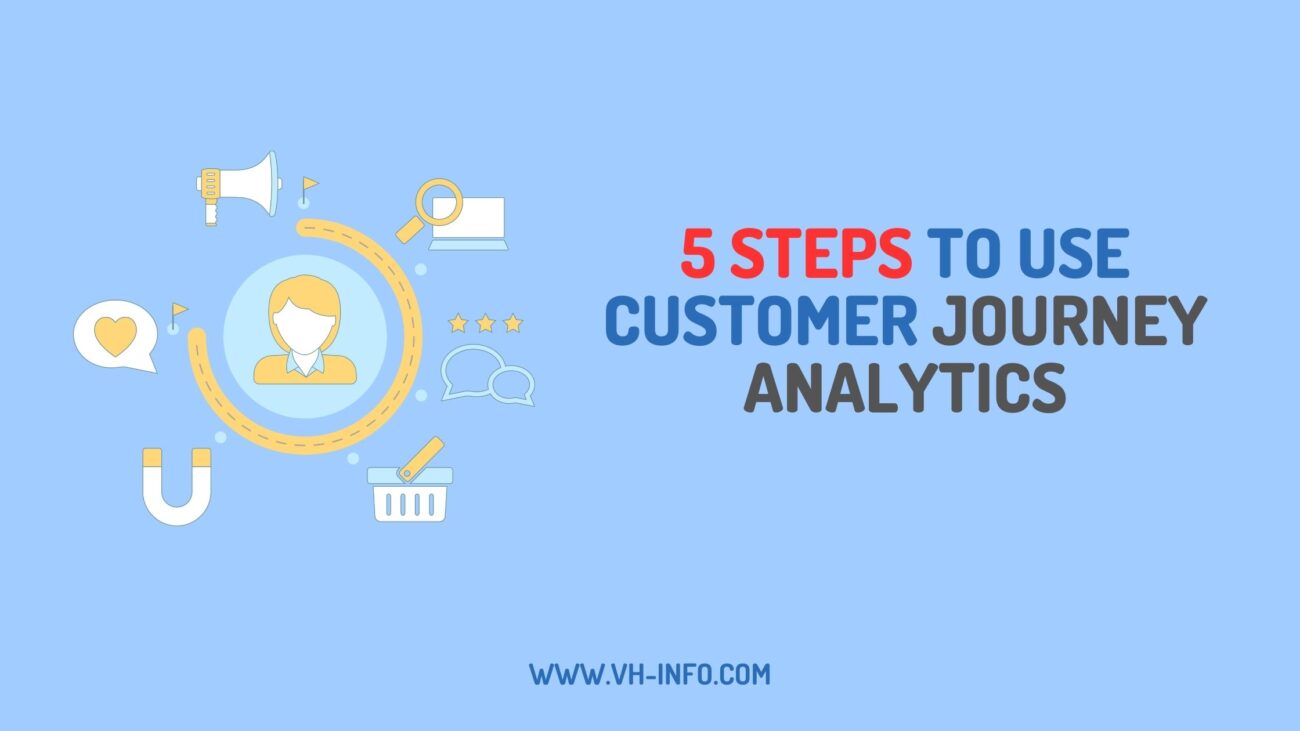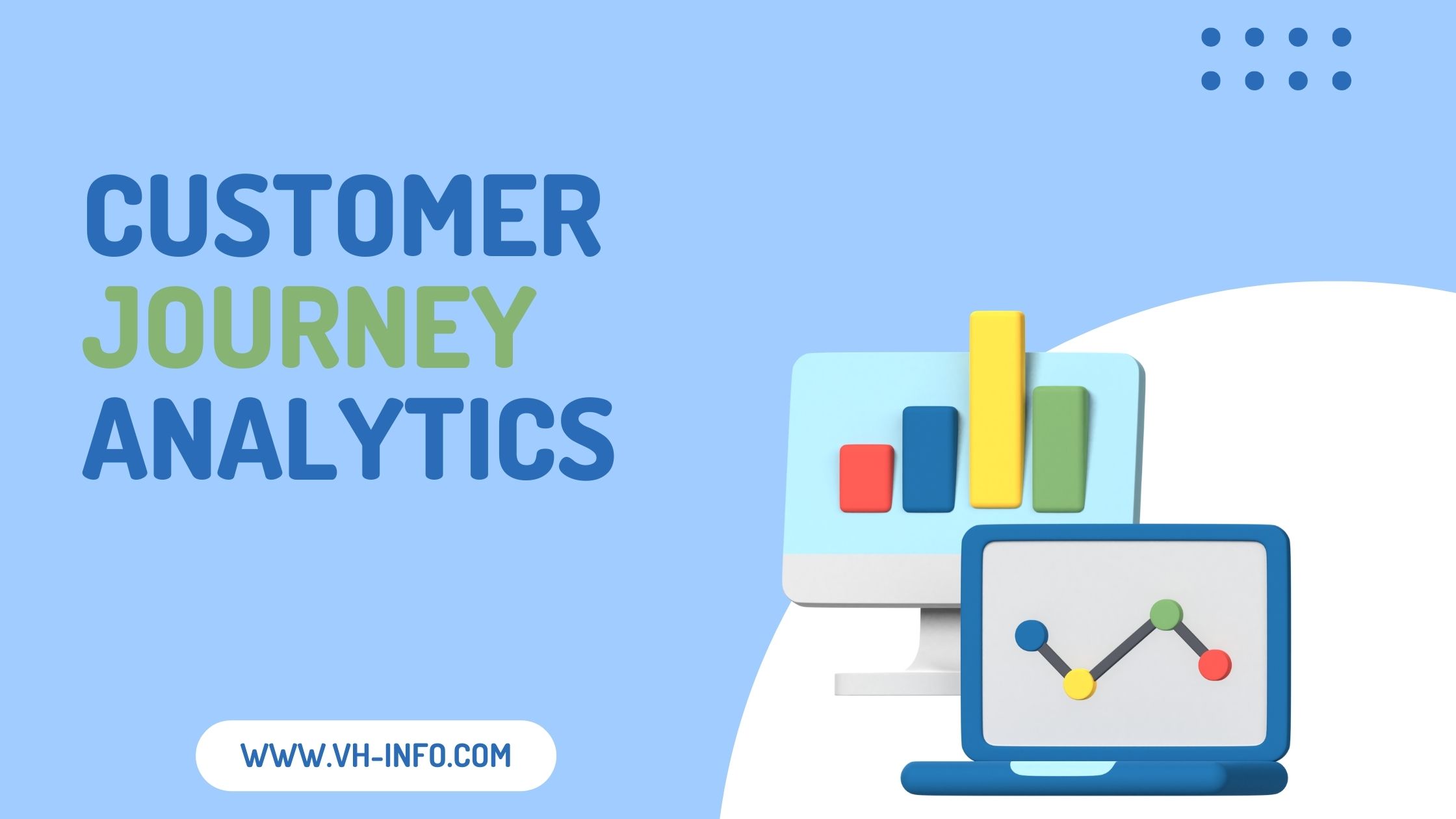In the business world, customer journey analytics (CJA) is a vital tool for organizations navigating modern markets. Like a seasoned explorer’s compass, CJA leverages behavioral data to guide informed decisions through techniques such as market segmentation and predictive analytics.
Consumer decision-making has become complex due to numerous options, competitive pricing, and social media influence. CJA is indispensable in understanding this behavior.
Retail and AI-driven customer analytics extract valuable insights from vast data, empowering businesses to anticipate needs, tailor experiences, and foster lasting relationships, driving sustainable growth in a competitive marketplace.
Customer Journey Analytics Process

1. Data Gathering
Collect data from CRM systems, AI, and IoT devices, capturing information from website interactions, social media, emails, and various touchpoints. Use the best rotating proxies to ensure continuous and efficient data gathering without interruptions due to IP blocking or rate limiting.
2. Analytical Approach
Employ sophisticated approaches such as behavior analytics, predictive analytics, and customer segmentation to convert unprocessed data into valuable insights that facilitate well-informed decision-making.
3. Enhancement through Refinement
Harness the findings from Customer Journey Analytics (CJA) to enhance business operations, fine-tune website experiences, devise targeted marketing campaigns, and uphold outstanding customer service, thereby elevating the overall customer journey.
The Need for Customer Journey Analytics in Your Business

In a landscape where customer expectations are soaring, businesses cannot afford to overlook the importance of understanding and optimizing the customer journey. According to a Salesforce report, 66% of customers expect businesses to understand their unique needs, and 88% demand quicker digital initiatives.
The CJA provides numerous advantages that play a pivotal role in the prosperity of businesses –
- Elevated Customer Experience: Tailoring experiences according to customer actions and preferences enhances satisfaction and fosters loyalty. If your customers prefer phone communication, you can integrate a VoIP phone solution to ensure seamless and efficient interactions.
- Improved Decision-Making: Utilizing data-driven insights facilitates informed decisions regarding product enhancement, marketing approaches, and customer assistance, leading to superior outcomes and heightened revenue.
- Optimized Processes: Recognizing inefficiencies and obstacles allows for enhancements, thereby cutting costs and enhancing the holistic customer journey. Ecommerce businesses can leverage OMS features to streamline ordering operations and deliver more personalized services, ultimately improving overall customer satisfaction.
- Competitive Advantage: A deeper understanding of customers and their requirements compared to rivals offers a strategic edge.
Real-world Examples of Customer Journey Analytics
Several companies across various industries have successfully implemented customer journey analytics to improve customer experience:
Starbucks: The coffee giant decodes customer behavior and preferences to tailor marketing campaigns and product offerings for enhanced engagement and retention.
Amazon: The e-commerce titan understands customer behavior on its platform, personalizing product recommendations and refining the shopping experience.
Netflix: The streaming powerhouse applies CJA to understand content consumption patterns, creating powerful recommendations and marketing campaigns for superior customer engagement.
How to Use Customer Journey Analytics ( 5 Steps )

Effectively leveraging customer journey analytics necessitates a strategic methodology:
Step #1: Identify key customer interaction points in both digital and physical realms for improvement.
Step #2: Map the customer journey visually to highlight touchpoints, identify pain points, and find areas for enhancement.
Step #3: Collect and analyze data using tools like website analytics, customer satisfaction surveys, and call transcripts to pinpoint improvement areas.
Step #4: Experiment with techniques such as A/B testing to assess and refine new solutions.
Step #5: Engage stakeholders across departments for a unified approach to improving the overall customer experience.
The Impact of AI and ML on Customer Analytics
Artificial Intelligence (AI) and Machine Learning (ML) are revolutionizing customer analytics by providing deeper insights and enhanced predictive capabilities. AI and ML-based segmentation algorithms can analyze vast amounts of customer data in real time, identifying patterns and insights that traditional methods may miss.
Implementing AI and ML in Businesses
To harness the advantages of AI and ML in customer analytics, businesses must:
- Gather and Fuse Data: Aggregate and streamline customer data from diverse origins to enable streamlined analysis.
- Utilize Predictive Analytics: Construct AI and ML algorithms for forecasting customer behaviors and customizing marketing approaches accordingly.
- Perform Sentiment Analysis: Employ Natural Language Processing (NLP) techniques to identify customer sentiments from feedback, enabling the prioritization of concerns.
- Identify Anomalies: Monitor customer behaviors to identify irregular patterns for prompt issue resolution.
- Deploy Real-time Analytics: Establish frameworks to promptly track and address shifts in customer behavior for timely promotions and proactive support.
Expert Tip: By incorporating AI-driven insights throughout the customer journey, businesses can tailor experiences, anticipate needs, and proactively address concerns, fostering stronger customer relationships and loyalty.
Overcoming Obstacles in Deploying AI and ML for Customer Analytics
Despite the significant advantages offered by AI and ML, businesses face hurdles during the implementation phase:
Data Accuracy and Availability: The effective training and analysis of models depend heavily on access to precise, unblemished, and pertinent data.
System Integration Challenges: Difficulties emerge due to compatibility issues when trying to incorporate AI and ML solutions into existing tools.
Proficiency Demands: The development and maintenance of AI and ML models require particular expertise, posing difficulties in recruiting and retaining capable staff.
Ensuring Scalability: To accommodate expanding data and analytics demands, the AI and ML infrastructure needs to exhibit scalability for managing augmented workloads efficiently.
Increased Implementation Expenses: The creation, deployment, and upkeep of AI and ML solutions can incur high costs for smaller organizations operating with limited budgets.
Conclusion
The increasing importance of Customer Journey Analytics (CJA) underscores its crucial role in modern consumer decision-making. Businesses must navigate diverse choices, competitive pricing, and social media influence by understanding and optimizing the customer journey.
CJA involves collecting, analyzing, and optimizing data from various touchpoints to enhance customer experiences. The integration of AI and ML in retail and customer analytics interprets extensive datasets, providing valuable insights for strategic decisions.
Businesses adopting CJA gain a competitive edge with benefits like improved customer experiences, streamlined operations, and a strategic advantage. Examples from industry leaders like Starbucks, Amazon, and Netflix showcase the effectiveness of CJA in tailoring offerings.
The application of AI customer journey enhances impact, offering deeper insights and predictive capabilities. However, businesses must address challenges such as data quality and integration issues.

